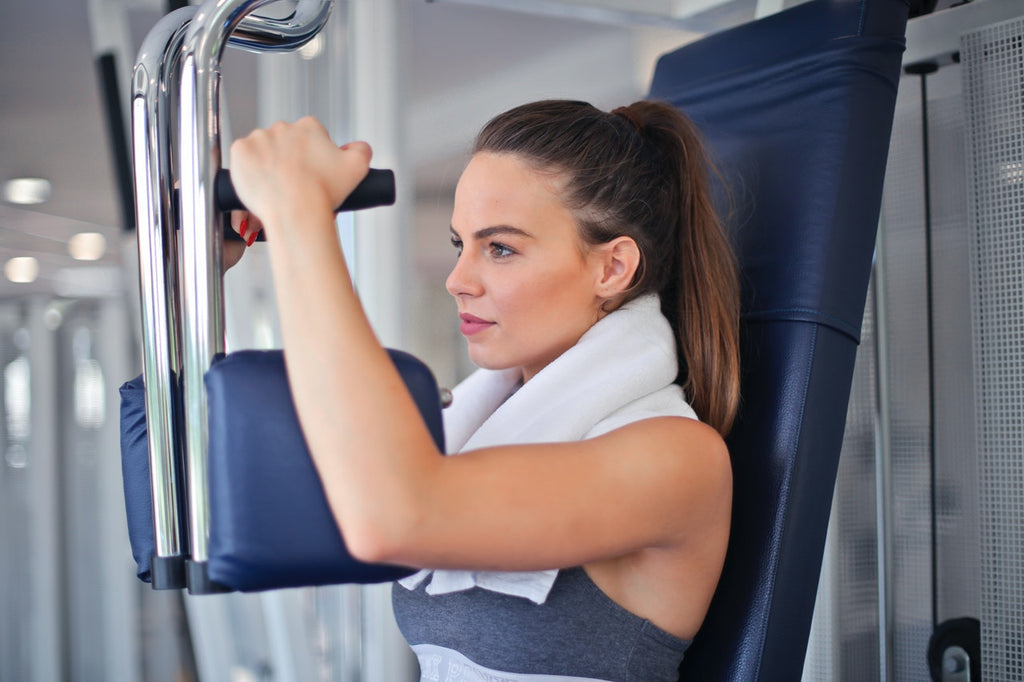Eating the right foods after your workouts is the only answer
There are several dieting fads and trends that continue making their way into the lives of fitness enthusiasts. Some, however, like intermittent (IF) and circadian fasting are here to stay. While the popular opinion is that fasting reduces the ability of the muscles to grow and become stronger, the multiple benefits of both intermittent and circadian fasting piqued the interest of fitness enthusiasts to explore whether it is possible to build muscle and fast at the same time. Due to the standard assumption surrounding fasting, most studies on it associate it with weight-loss as it can be an effective tool for the same. As such, there have been limited studies on the subject matter of fasting paired with regular resistance training or strength and conditioning. Results suggest that while someone who is fasting and working out at the same time may lose more weight than someone on a regular diet, the muscle build-up of both remain largely identical.
To ensure that this process of building muscle while fasting follows through in a correct manner, a healthy diet is non-negotiable. This should be alongside regular workout and training. A mindful diet that is consumed in alignment with intermittent and circadian eating windows accelerate muscular tissue growth, increase blood flow to your muscles which, in turn, increases their efficiency and the rate at which they repair themselves, so they can then grow bigger, lower inflammation that can inhibit muscle breakdown and facilitates energy metabolism. In addition, if you practice regular fasting (intermittent or circadian), working out fasted will increase your sensitivity to insulin. This, in turn, stimulates muscle growth. It should be noted that not all calories are created equal. For muscle gain, quality of protein is key, and many overly processed foods lack the right type.

IMAGE COURTESY: https://www.pexels.com/@polina-tankilevitch
Muscle growth requires an excess of calories and a good amount of healthy protein. Following this diet on a restricted eating window can be tricky. Hence, the following points should be kept in mind:- Consume a protein-rich meal one hour post exercise. While many may advice you to eat a snack pre-workout, most modern nutritionists suggest otherwise. It is essential to balance growth with the longevity of muscles, which can be done if you eat from the 4S group (a salad, smoothie, scramble, or soup) post workout. This will also turn down and balance growth signals, like insulin, of the body.
- It is important to note that trying to fit all your daily protein intake into one or two meals isn’t as effective as spacing it out over a longer period. Ideally, food containing at least 25-30 grams of high-quality protein should be eaten once every few hours to fuel muscle growth.
- Time workouts in accordance with your feeding window. Ideally, work out in fasted state, which will increase fat oxidation, improve insulin sensitivity and help with metabolic switching.
- Incorporate some of the following muscle-building foods in your diet:
- Kale: Although the classic green salad boasts of high-protein, kale packs an impressive amount of iron, a mineral vital for muscle development. Iron helps your body circulate oxygen to your muscles, aids in their repair after heavy training and encourages synthesis of the muscle fibers.
- Seeds: Whether it is hemp or chia, this food group is packed with proteins, fiber and omega-3s, which help reduce inflammation and help strengthen and grow your muscles.
- Lentils: Lentils are high sources of protein—one cup of a variety of cooked lentils contain 18 g of protein. Added bonus is that they’re inexpensive, have a long-shelf life, are easy to cook and can be paired with a variety of other foods.
- Almonds: A significant source of protein and fibre, almonds are ideal snacks for muscle building. They also contain healthy unsaturated fats.
- Quinoa: This has notable protein content and rich levels of lysine, an amino acid that aids tissue and muscle repair. It is also a rich source of minerals such as magnesium, which helps relax the blood vessels and improve blood circulation to your muscles.
To know more, book a virtual consultation with me here.
FEATURED IMAGE COURTESY: https://www.pexels.com/@olly

